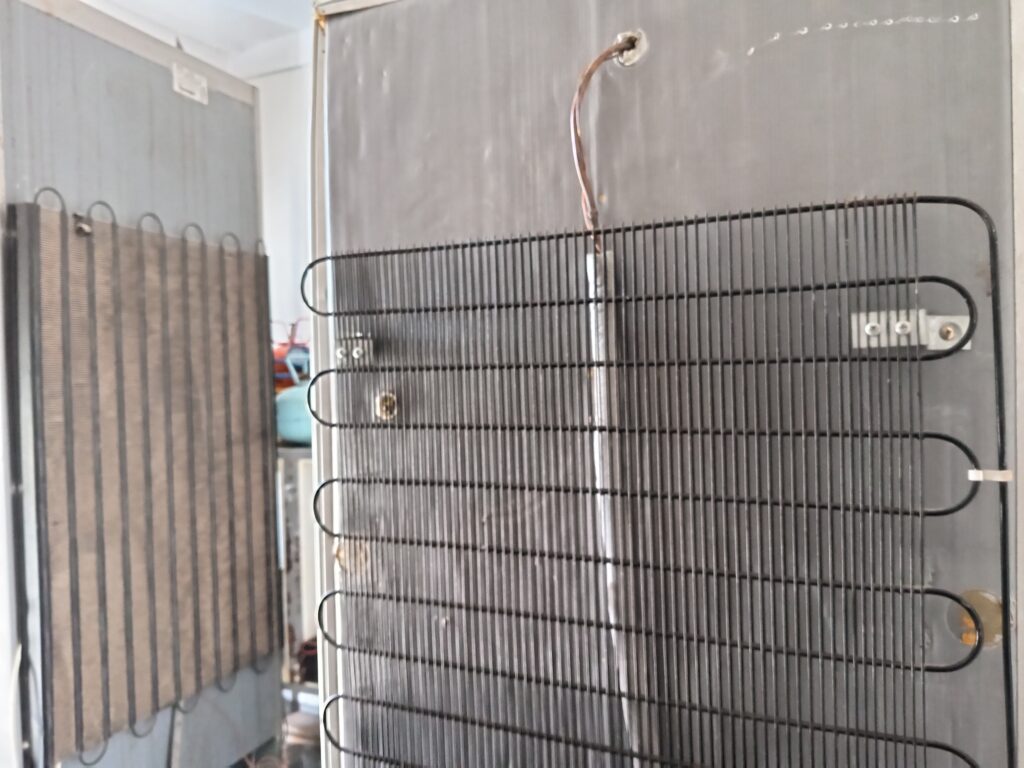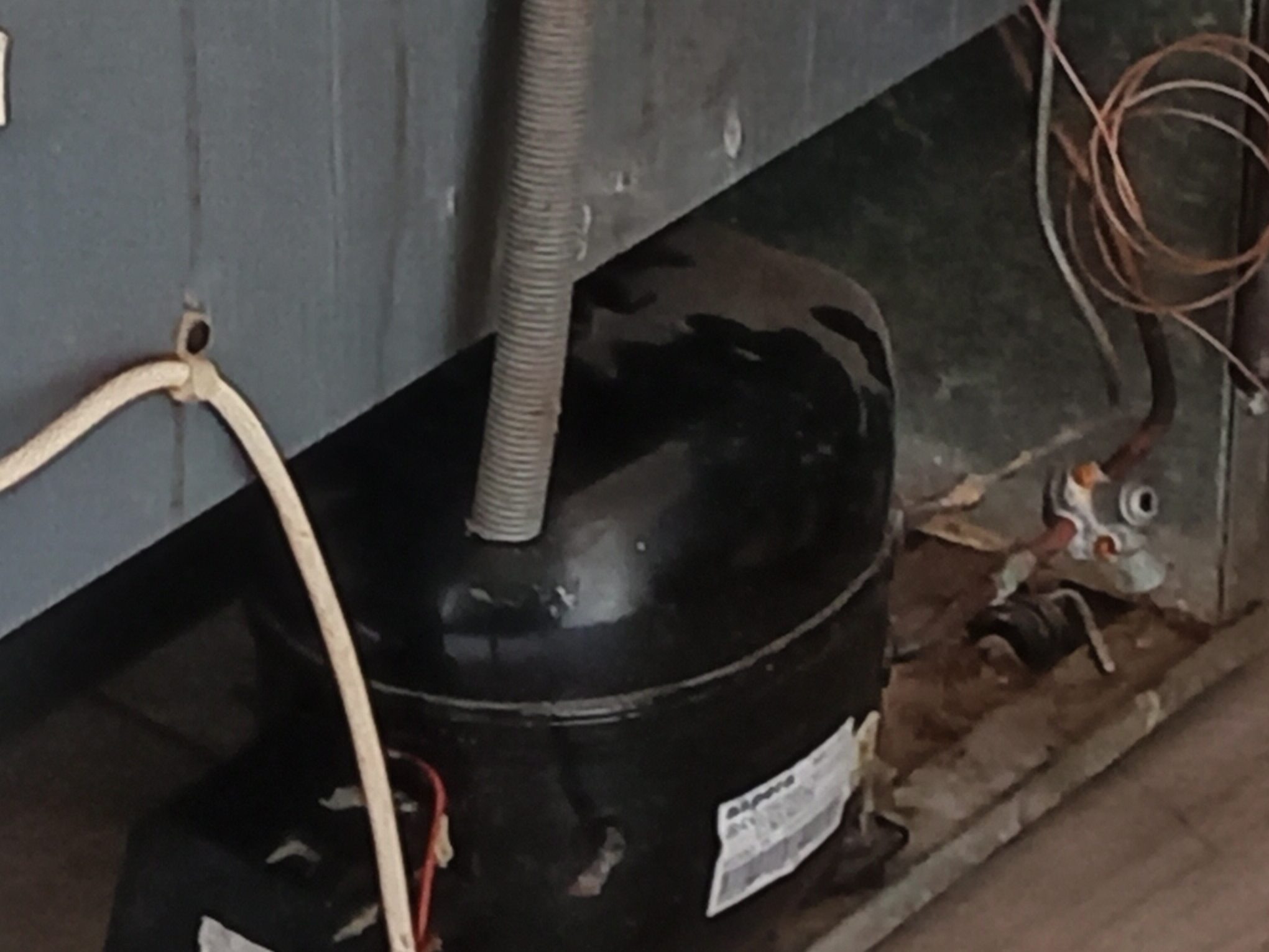
Introduction:
The refrigerator is one of the most essential appliances in any household or commercial kitchen. While we use it daily to preserve food, few people know how it works or what components keep it running smoothly. In this article, we will explore the key components of a refrigerator, explain their functions, and help you understand the basics of how refrigeration works.
Compressor
The compressor is known as the “heart” of the refrigerator. It compresses the refrigerant gas and pumps it through the system. As the gas compresses, it heats up and then travels through the condenser coils where it starts the cooling cycle.
Condenser Coils
Located at the back or bottom of the refrigerator, the condenser coils help release the heat absorbed from inside the unit. As the hot refrigerant gas flows through these coils, it cools down and turns into a liquid.
Expansion Valve Capillary Tube
This tiny nozzle or tube controls the flow of liquid refrigerant into the evaporator. As the refrigerant passes through the valve, it expands and cools rapidly before entering the evaporator coils.
Evaporator Coils
The evaporator coils are located inside the fridge and freezer compartments. Here, the cold refrigerant absorbs the heat from the interior, cooling the air and keeping your food fresh. The refrigerant evaporates back into gas form during this process.
Thermostat
The thermostat monitors the internal temperature of the refrigerator. When the temperature rises above the set level, the thermostat activates the compressor to start the cooling cycle again.
Defrost System
Most modern refrigerators have a defrost heater and timer to prevent frost buildup on the evaporator coils. It ensures efficient cooling and prevents blockage of airflow inside the fridge.
Fan Motors (Evaporator and Condenser Fans)
Fans circulate air over the condenser coils and inside the compartments. The evaporator fan distributes cold air throughout the refrigerator and freezer, while the condenser fan cools down the compressor and condenser coils.
Refrigerant
The refrigerant is a special chemical compound that changes from gas to liquid and back again during the refrigeration cycle. It absorbs and releases heat, allowing the refrigerator to maintain low temperatures.
Door Gaskets
Door gaskets are rubber seals around the fridge and freezer doors. They prevent warm air from entering and cold air from escaping. Damaged gaskets can lead to energy loss and poor cooling performance.
Control Board (in modern models)
Newer refrigerators have electronic control boards that manage all operations, including cooling, defrosting, and temperature monitoring. These boards can also display error codes if there’s a malfunction.
Conclusion:
Understanding the basic components of a refrigerator can help you identify problems early and perform minor repairs or maintenance. Whether you’re a technician or a curious user, knowing how each part works gives you insight into this essential appliance. Always remember to unplug the refrigerator before inspecting or repairing any parts.

At Hirafi1 , we share real-world knowledge, practical tips, and common challenges we face in the fields of refrigeration, air conditioning, and appliance repair. Our goal is to make your work easier, safer, and more efficient—whether you’re a professional technician or just learning the basics. Stay connected for more expert insights and hands-on solutions!
